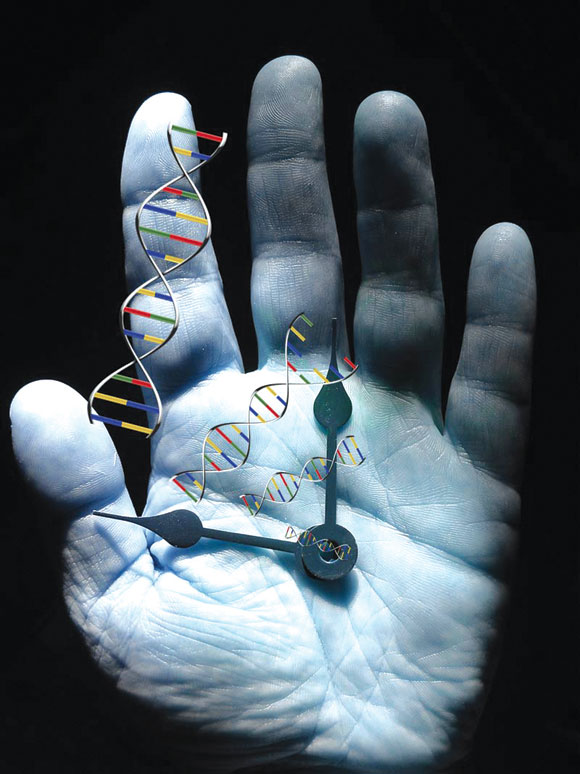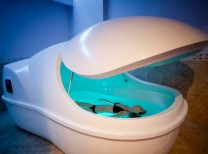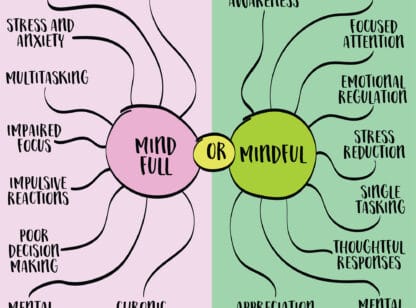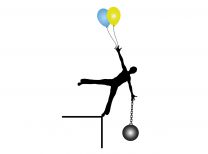The Centers for Disease Prevention and Control (CDC) estimates that more than 75 percent of doctor visits are related to stress while the Occupational Safety and Health Administration (OSHA) and the National Safety Council estimate this number to be closer to 90 percent.1, 2 Reasons for visits include, but are not limited to, insomnia, fatigue, stomach pain and ulcers, headaches, back pain and heart problems. Not only reporting high levels of stress, but also having a negative perception of the impact that stress has on oneself increases a person’s risk of premature death by 43 percent.3
Any way you slice it, the literature and research on stress and its contribution to illness and death is staggering.2,3,4,5,6
Biofeedback is a mind-body technique that helps people learn how to mitigate their seemingly involuntary responses to stress and the negative impacts it can have on one’s health. The therapy involves using sensors connected to a device that provides feedback on how the body is reacting. Through biofeedback training, patients can acquire accessible skills to manage their stress response in an effort to build resiliency, reduce current health symptoms, and lower risks for stress-related illness. It is a non-invasive tool indicated to address chronic pain, asthma, mild to moderate anxiety and depression, fibromyalgia, headaches, Raynaud’s syndrome, hypertension, IBS, ADHD, side effects of chemotherapy and TMJ, to name a few.7 Basically, it can be beneficial in any illness where stress contributes to symptoms.
Using biofeedback, practitioners assess an individual’s stress response through the sensors which monitor changes to heart rate, sweat production, temperature regulation, respiration rate and/or muscle contraction. The sensors connect to a hub that sends data to a software program on the computer, which amplifies and displays it onto the screen. Thus, the biological information of the person is ultimately “fed back” and hence the name.
There are several ways in which people respond to stress, which are categorized as “stress families.” The determination of which stress family a person falls into provides key information that guides a practitioner’s treatment or “training” known to be most effective for that group. The illness or symptoms a person is experiencing can be an indicator as well. Of course, people fall into more than one stress family, but it is common to start with the most apparent one and work from there.
During training, biofeedback can be implemented to assess a person’s progress, assist in educating the patient and for practicing learned techniques. Because stress patterns are acquired and reinforced over one’s lifetime, a series of weekly sessions is standard practice. As with any training, at home practice in between sessions is expected and greatly facilitates the development of these new skills.
Biofeedback is a sustainable approach to health that addresses the root cause of illness, while helping patients become empowered through increased self-awareness and an enhanced ability to navigate the unavoidable stresses of life.
Dr. Jainuddin is a primary care naturopathic doctor and is board certified in biofeedback. She is currently a resident at the Live Well Clinic in La Quinta. For more information, visit www.LiveWellClinic.org or call (760) 771.5970.
References available upon request.

















































Comments (0)